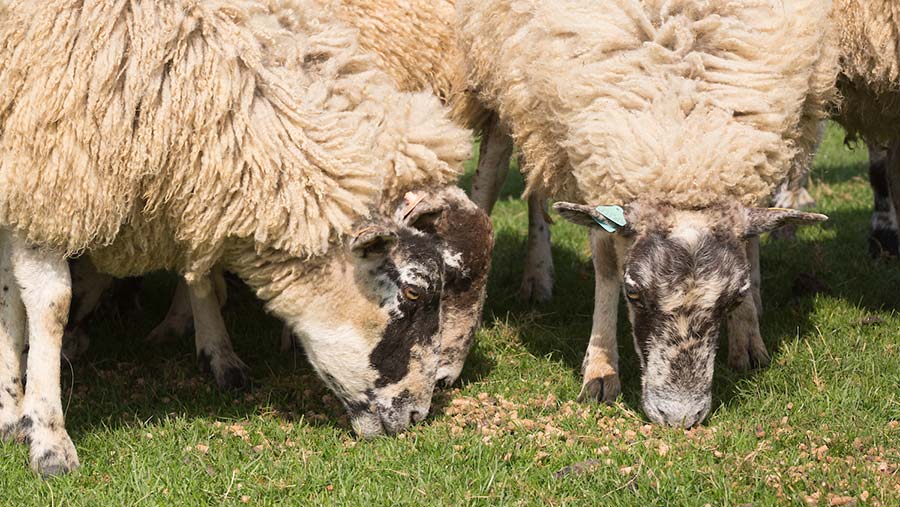The risks of using rafoxanide for liver fluke explained
 © Tim Scrivener
© Tim Scrivener Farmers are being warned about the dangers of using the flukicide rafoxanide when treating sheep and cattle for liver fluke.
Rafoxanide is not currently authorised in the UK, but it was recently given approval to be imported from Ireland under Veterinary Medicines Directorate (VMD) certificate and can only be prescribed by a vet.
See also: Guide to managing liver fluke in cattle
Both Sustainable Control of Parasites in Sheep (Scops) and Control Of Worms Sustainably (Cows) – the organisations that promote sustainable control of livestock parasites – have raised concern over the anthelmintic, as they say some farmers are using it as an alternative to closantel.
This is because studies have shown cross-resistance between closantel and rafoxanide. This means where fluke is resistant to one, it will be resistant to the other.
Independent sheep consultant Lesley Stubbings warned: “The two dangers are the misconception that rafoxanide is a new flukicide, and the perceived incidence of anthelmintic resistance without correct testing.”
Ms Stubbings says the risk is that farmers who think they have resistance to closantel are alternating or replacing it with rafoxanide, under the impression that it will work better, whereas in reality this will accelerate the development of resistance.
What should you do?
Ms Stubbings recommends taking fluke egg count reduction tests to check the egg burden and efficacy of treatment.
Timing is key; too early in the season and there won’t be egg-producing adults. Sheep producers should also consider using coproantigen reduction tests in this season’s lambs to check for resistance to active ingredients.
Treatment options
“Triclabendazole is the drug of choice because of its kill on early immature fluke, however it must only be used when absolutely necessary to aid in decelerating cases of resistance,” says Ms Stubbings.
Closantel is an effective drug to use in autumn to control immature fluke, however alternatives such as nitroxinil, albendazole, oxyclozanide or clorsulon can be used when adult fluke are most problematic.
See also: Treatment options for fluke
Best practice
1 Use your abattoir report and investigate deaths. Take note of reasons for condemned livers to understand the fluke challenge.
2. Understand there is NO drug persistency. Often, claims of resistance stem from the misunderstanding that flukicides give a period of cover after administration.
Flukicides only treat stages of liver fluke that are present in the animal at the time of treatment.
Once turned back to grazing where there is a fluke challenge or mud snail population, they will immediately be susceptible to reinfection.
3. Dose correctly. Incorrect dosing will lead to an ineffective kill, accelerating the rise of resistance. Dose to the heaviest animal in the age group and calibrate drench guns and injectors before use.
4. Consider the risk of delayed treatment. Delayed liver fluke treatment carries a high risk of mortality in sheep.
Cattle are slightly different; if no immediate signs of poor health are present, delaying treatment by two to three weeks after housing will allow liver fluke to mature, reducing dependence on triclabendazole.
5. Quarantine new stock. Scops and Cows outline very clear advice for quarantining stock to reduce the risk of importing resistant fluke strains onto the farm.
